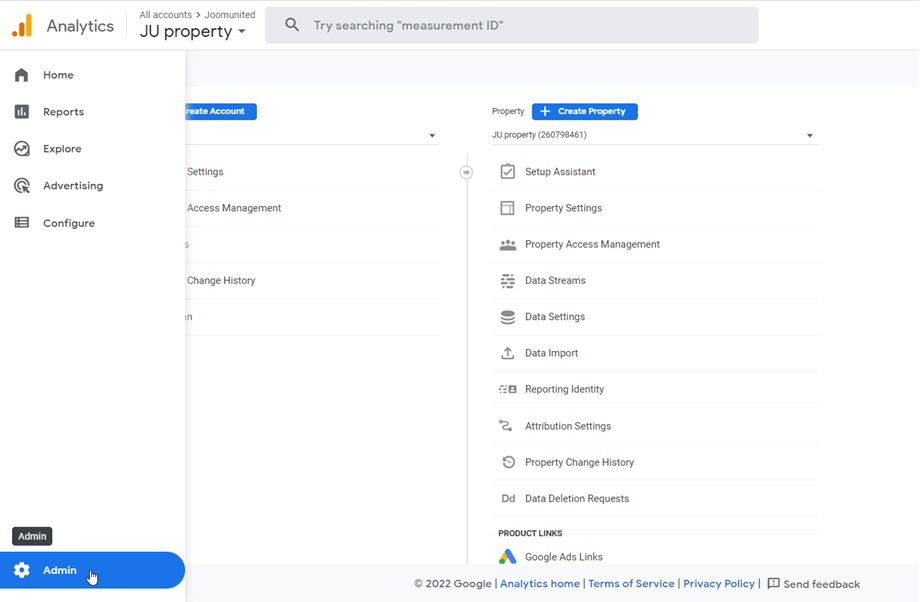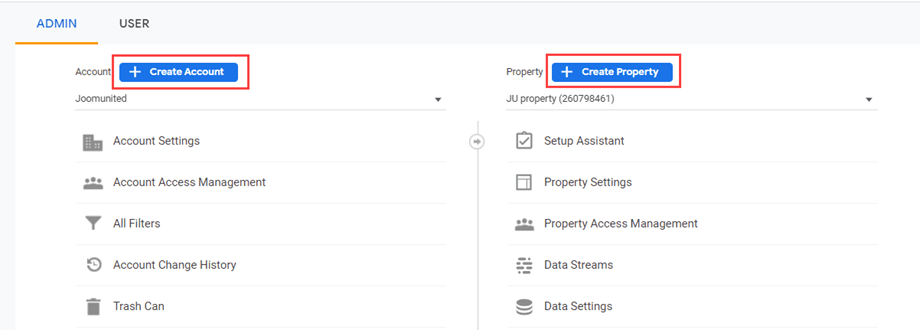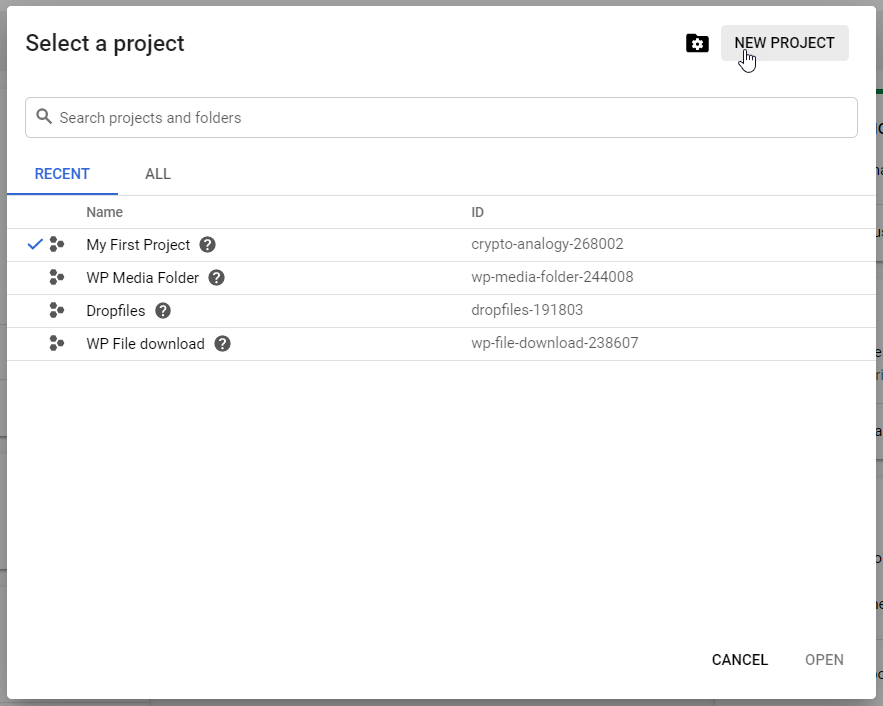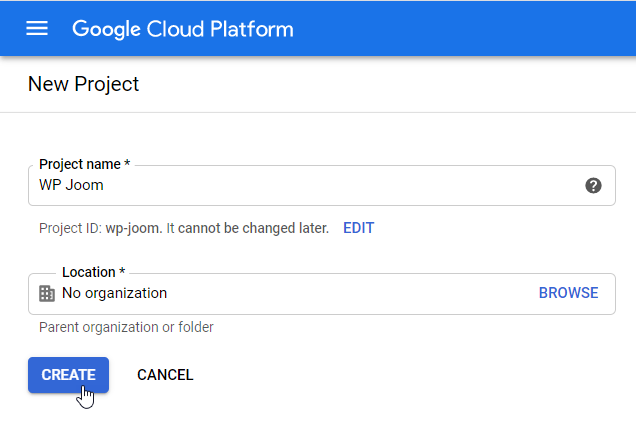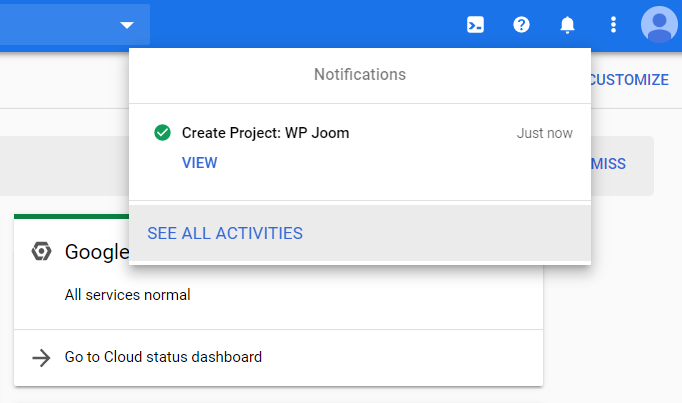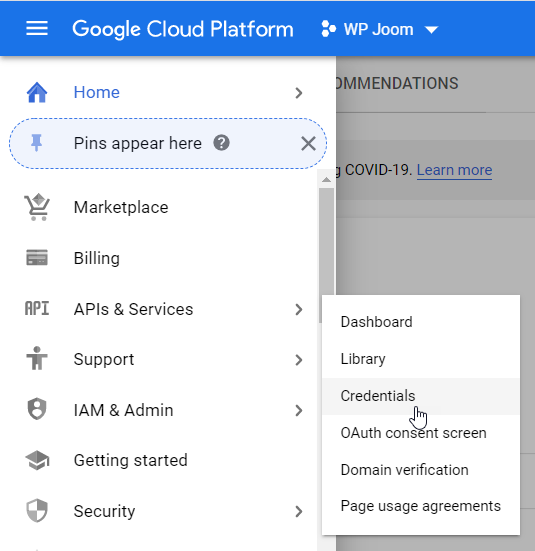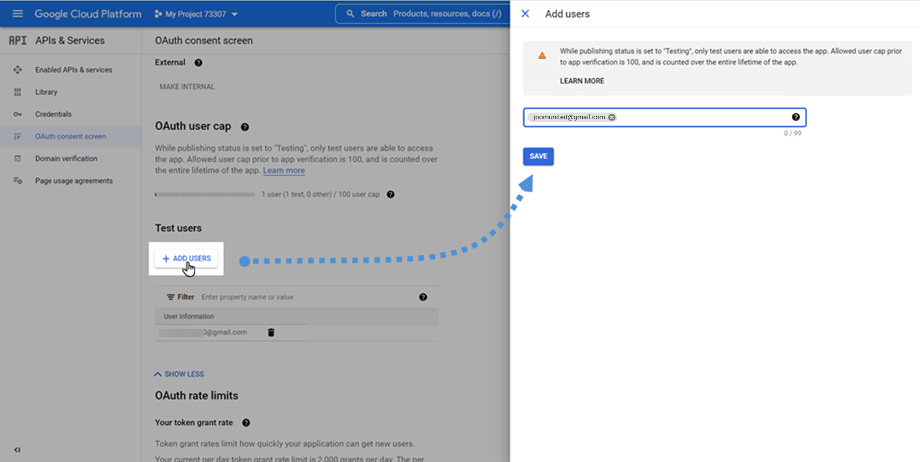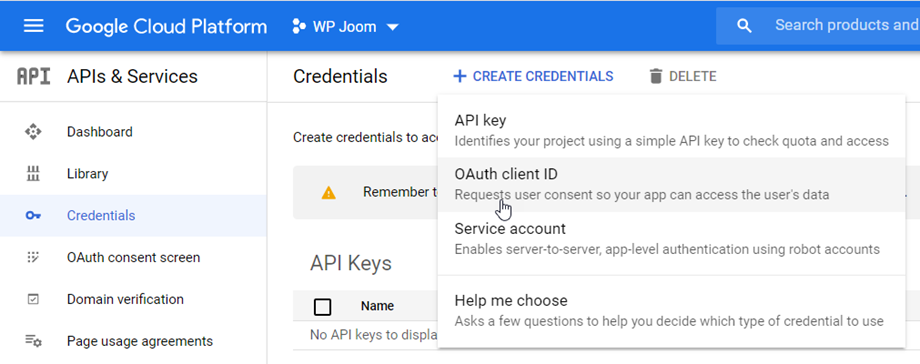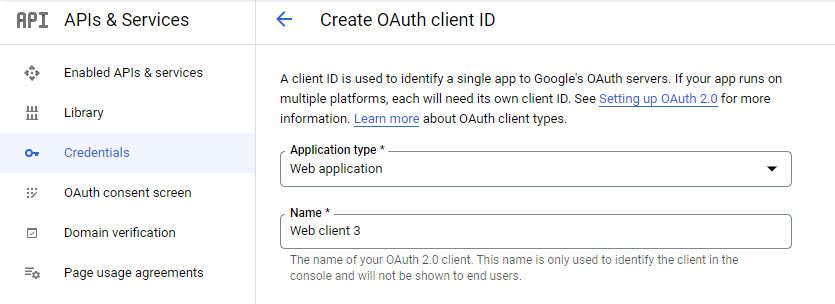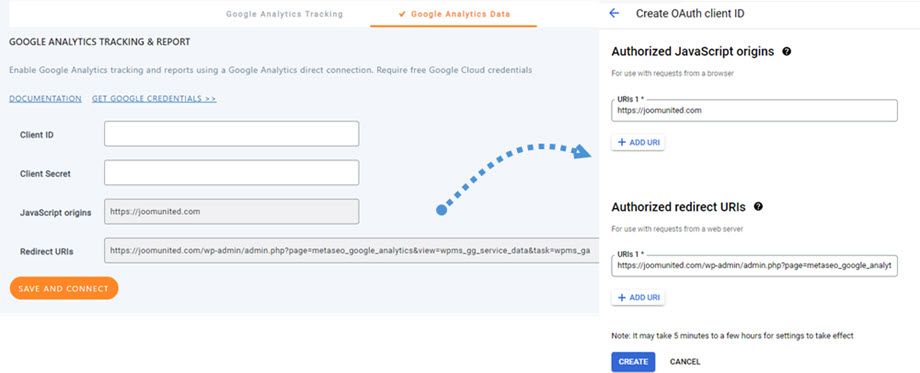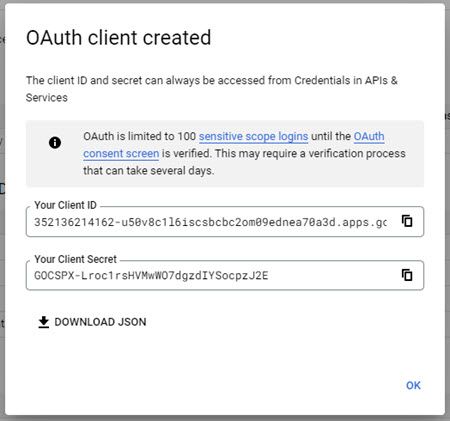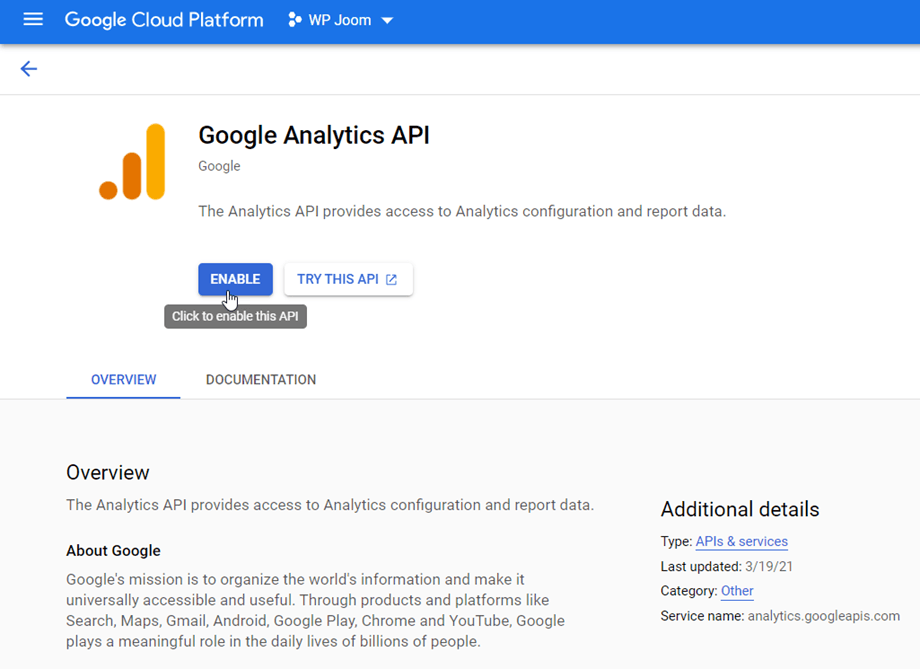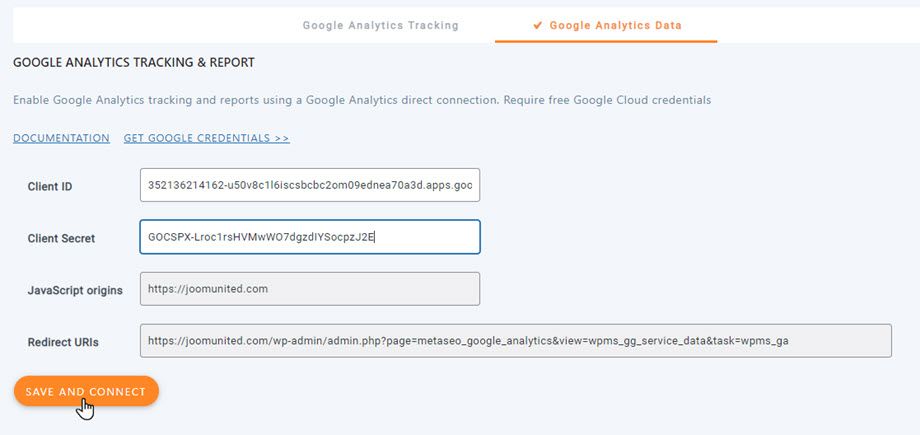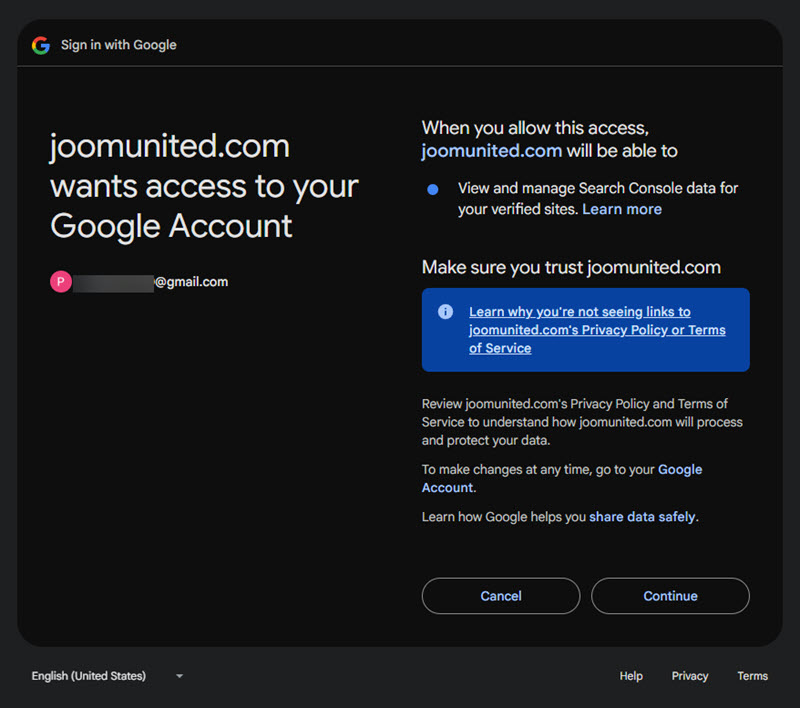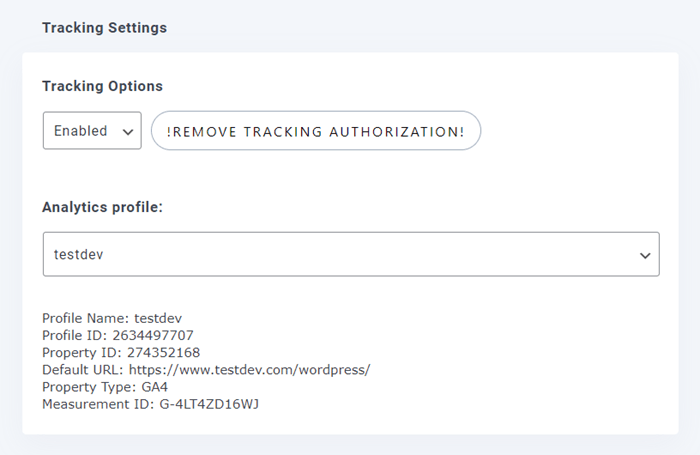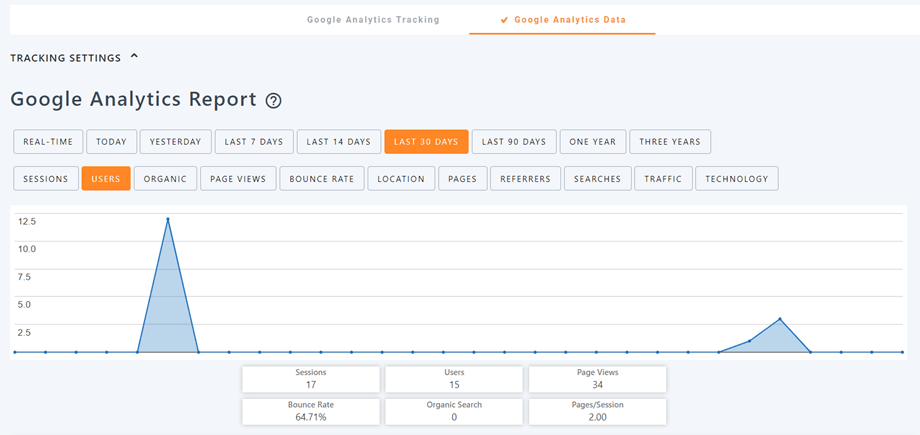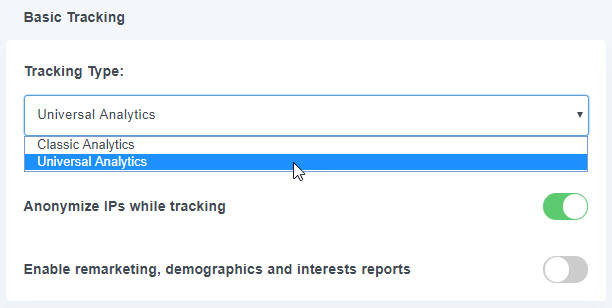WP Meta SEO: Google Analytics Integration
1. Google Analytics tracking
You can active the tracking for 4 methods: Universal, Classic Analytics (legacy) or using the Analytics v4 or Tag manager. Please go to WP Meta SEO > Google Analytics > Google Analytics Tracking tab.
After selecting the option, you should fill the respective ID in the field below.
Universal, Classic Analytics (legacy)
Analytics v4 Property
Tag manager
Use tracking JS code
You can add directly your tracking JS code for Google Analytics or Tag manager in those fields.
2. Google Analytics data
WP Meta SEO is fully integrated with Google Analytics. You can activate the tracking and display the Google Analytics data from the WordPress admin.
How to create a Google Analytics 4 property?
First, you should go to https://analytics.google.com/, navigate to Settings Admin on the left corner.
Click on Create Account and Create property button and follow the next steps to create a new account and a new property.
Then go to Property > Data Streams tab, click on Add stream > Web. After that, input your website URL and stream name on the fields.
How to get the credentials?
In order to use the Google Analytics Report, you have to get Client ID and Secret. Go to https://console.cloud.google.com/apis/dashboard and create a new project.
Then setup a project name - you can provide any name you want, but do not include spaces or accents.
Then wait few seconds for the project creation.
From the left navigation menu, click on “APIs & Services >> Credentials”
If asked, add a name to your OAuth consent screen. Remember to choose your correct option in "Publishing status":
- In production: Once you set your app status as "In production," your app will be available to anyone with a Google Account. Depending on how you configure your OAuth screen, you may have to submit your app for verification.
- Testing: If your app is still being tested and built, you can set your status to "testing". In this state, you can test your app with a limited number of users.
Next, scroll down and click on Add Users button, input your user's Gmail address to the field.
Then at Credentials tab, click on “+ Create Credentials” >> OAuth client ID.
Choose Web application and name for your OAuth client ID.
Go to WP Meta SEO > Google Analytics > Google Analytics Data tab, copy JavaScript origins and Redirect URIs fields then paste to the corresponding fields.
- JavaScript origins: https://yourdomain.com/
- Redirect URIs: https://yourdomain.com/wp-admin/admin.php?page=metaseo_google_analytics&view=wpms_gg_service_data&task=wpms_ga
Click on Create button and a pop-up window including Client ID and Client Secret will appear. Keep these for the next step.
If you have not enabled Google Analytics API, Google Analytics Admin API, Google Analytics Data API, please go to APIs & Services > Library, search and enable them.
How to connect your Google account on WP Meta SEO?
Now, back to WP Meta SEO > Google Analytics > Google Analytics Data tab, you can paste Client ID and Client Secret in the fields. Remember to click on Save and Connect button.
After that, follow the next steps to connect your Google account.
Finally, you need to select the Google Analytics property corresponding to your domain. Remember to click Save button after selecting.
Congratulations! Google Analytics is now connected and you can get data from it.
There will be 2 main types: Analytics v4 or Universal, Classic Analytics (legacy) so the Basic tracking section will be different.
Universal, Classic Analytics (legacy):
Analytics v4:
WP Meta SEO offers some additional tracking settings:
- Tracking Settings
- Basic Tracking
- Events Tracking
- Exclude Tracking
The basic tracking options
Tracking type: Classic Analytics and Universal Analytics.
Anonymize IPs while tracking: allow you to comply with some privacy protection laws available in different countries.
Enable demographics and interests reports: display remarketing, demographics and interests reports with Google Analytics.
Events Tracking
This feature allows you to track downloads, mails, affiliates and outbound links. Depending on your needs, you can choose to include or exclude these actions from the bounce-rate calculations.
To track downloads, the plugin uses an extension list to properly distinguish files from regular links. You can use the Downloads Regex (a JavaScript regular expression) to add extra file extensions.
Exclude Tracking
This option is used to ignore traffic generated by certain logged-in users.

